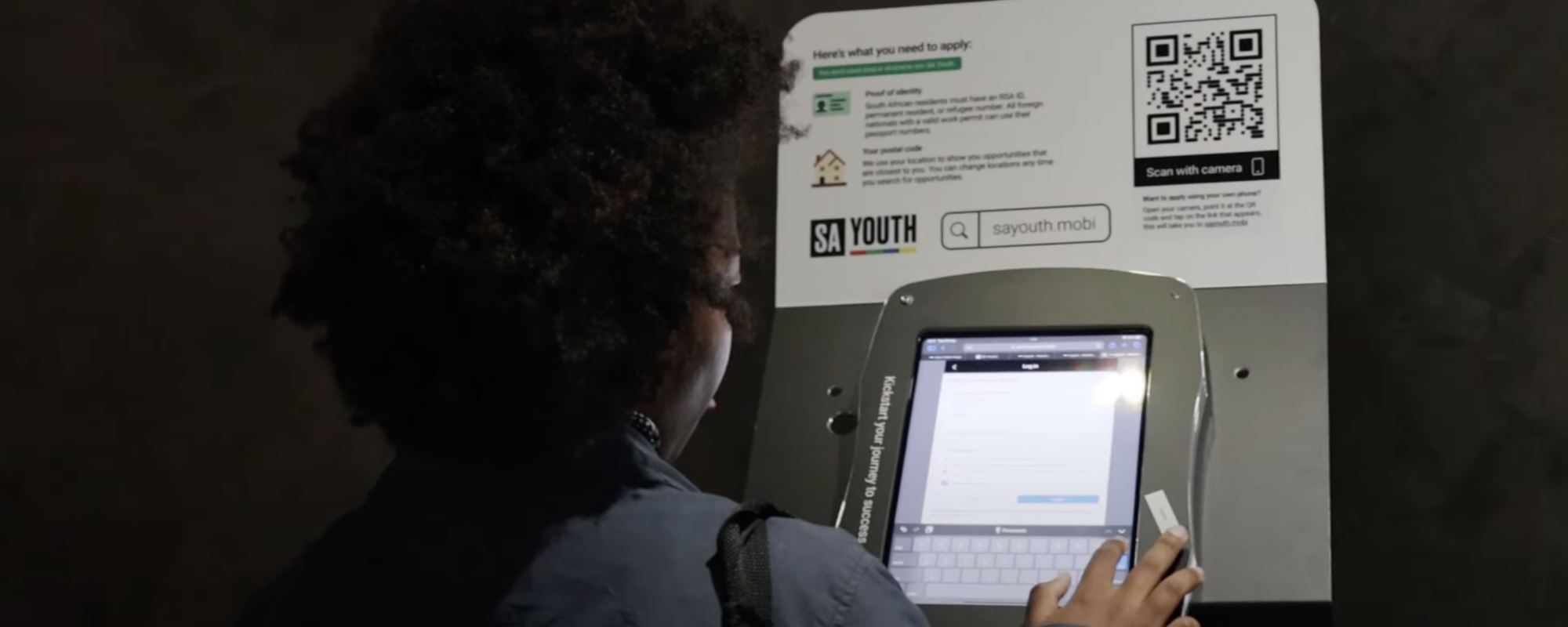Success in the labour market is highly dependent on how workers search for jobs. If workers have accurate information about their skills, they will direct their search efforts towards occupations that match their specific skillset. This not only boosts the job prospects for these workers but also enables them to perform their job tasks more effectively and efficiently, potentially leading to greater productivity.
Nevertheless, increasing evidence suggests that many workers lack accurate beliefs about their skills, leading them to apply for jobs that do not align with their actual skillsets. This may be particularly true in contexts where schools provide vague or unreliable feedback on individual’s skills. Additionally, in settings marked by high unemployment rates, particularly among young people, individuals may have limited opportunities to gain insights into their skills through practical work experiences. Misdirected search efforts can be especially consequential when searching for work is costly for jobseekers or screening mismatched applicants is costly to firms.
Researchers conducted two field experiments, referred to as the the “tight” and “big” experiments. These experiments were designed to provide causal evidence supporting the idea that jobseekers’ beliefs about their skill comparative advantage can influence the type of jobs they search for and therefore shapes their labour market outcomes. The field experiments took place in the city of Johannesburg, South Africa. The target population was young and active jobseekers with at least a high school education and who have attended school in a low-income area. These individuals typically receive limited information about their skills from assessments during school. Further, at the time of the “tight” experiment (2022), youth unemployment in Johannesburg stood at 40.5%.
For both experiments, Researchers worked with the job search assistance agency Harambee to provide young jobseekers with a day-long job search assistance workshop. During the workshops, they assessed jobseekers’ skills using established psychometric assessments and provided information about the assessment results.
To assess if providing jobseekers with more accurate information on their comparative skill advantage encourages them to align their job search with their skillset, the researchers randomly assigned half of the workshops to give participants information about their assessment results (treatment group) and the other half to complete the assessments without feedback (control group). The results provided to the treatment group were expressed as rankings relative to a large group of jobseekers from similar backgrounds. Researchers underscore that the treatment simply provides information to the jobseeker. They note that it was difficult for the participants to credibly share this information with firms – since the report provided to treated participants did not include the jobseeker’s name or any identifying information and had no Harambee branding.
First, the researchers confirm that prior to the experiment, jobseekers do indeed have imperfect information about their skill assessment results. They note that, on average, the difference between jobseekers’ beliefs about their skill comparative advantage and their assessment results is almost as large as if the beliefs were random guesses. Further, they find that misalignment is explained more by overconfidence than under-confidence: 63% of jobseekers’ beliefs about their skills are above their assessed skills and only 19% are below.
However, following the experiment, the researchers find that compared to the control group, the treated participants' beliefs about their skills became more accurate, and they were more likely to apply for jobs with skill demands that match their comparative advantage. The latter was assessed using various pre-specified measures of “skill-directed” job search such as applications on a job search platform, survey data and a novel incentivized task in which participants choose between applying to jobs with different skill requirements. Researchers observe that the results are driven by jobseekers who would gain more information from the treatment – i.e., those who had misaligned beliefs about their comparative advantage prior to the experiment. In fact, the treatment reduces the gap in job search behaviour between those whose initial beliefs matched their skills and those whose beliefs didn't match by 80%.
The “big” experiment (which took place between 2016-2017) was designed to assess the impact of providing more accurate information on jobseekers’ skills on labour market outcomes. To achieve this, the researchers studied a larger sample (4389 individuals) and collected survey data 3.5 months after the workshops. Treated jobseekers are observed to have weekly earnings and hourly wages roughly 25% higher than control group jobseekers and are more likely to have formal jobs. The researchers suggest that the treatment may raise earnings through more skill-directed search, generating higher wage offers, due to higher match quality. They found at most weak evidence for a higher employment rate. The treatment's impact on jobseekers' beliefs about their skills and how they search for jobs is qualitatively similar to the “tight” experiment, although the researchers used different methods to measure it (which was a self-reported measure of alignment between jobseekers’ search direction and skill comparative advantage).
Both experiments provide consistent evidence of the following: when jobseekers obtain more accurate information on their comparative skill advantage, their perceived comparative skill advantage shifts closer towards their measured comparative skill advantage. This, in turn, redirects their search efforts towards jobs which match their comparative skill advantage and leads to improvements in labour market outcomes (such as higher earnings and likelihood of formal employment). The two experiments allowed researchers to observe shifts in beliefs and search direction in a simple two-skill setting with more precise measurement (“tight” experiment) and to study effects on labour market outcomes in a larger sample with a longer timeframe (“big” experiment).
